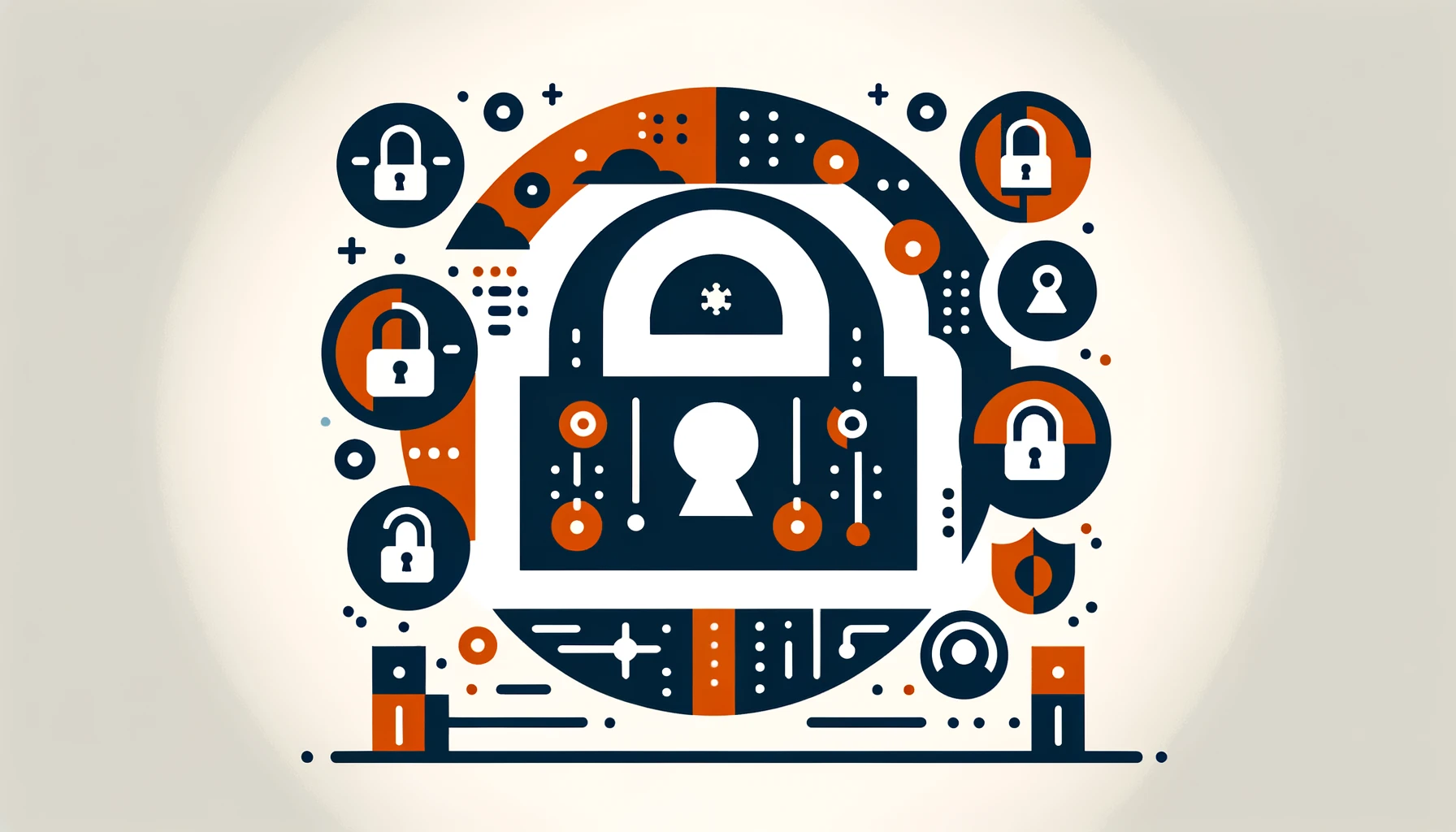
Need-to-Know Principle in Data Security

Introduction
In today’s digital age, data has become one of the most valuable assets for organizations. Keeping sensitive information secure is important as we collect, process, and store more data. This information should only be accessible to those who need it. This is where the Need-to-Know Principle comes into play.
This article will discuss the Need-to-Know Principle. It will also explain how this principle is related to the Least Privileges Principle. Additionally, it will explore the differences between the Need-to-Know Principle and Data Democratization.
What is the Need-to-Know Principle?
The Need-to-Know Principle states that people should only access information necessary for them to do their job well. This principle aims to protect sensitive data by only giving access to a specific group of people who need it. This helps reduce the risk of compromising data. Those who truly need the information have restricted access.
For example, consider a company that handles customer financial data. Only certain employees can access the data.
These employees include financial analysts and customer service representatives. The Need-to-Know Principle grants this access. Other employees, such as marketing or human resources personnel, would not have access to this sensitive information.
The Least Privileges Principle and Its Relation to Need-to-Know
The Need-to-Know Principle is similar to the Least Privileges Principle. It means users should only have access to what they need to do their job. By combining these two principles, organizations can create a robust security framework that protects sensitive data from unauthorized access.
To illustrate this, let’s consider a database administrator responsible for managing a company’s databases. The administrator has access to all data in the databases. However, they should only access the specific databases and tables required for their job.
This is in accordance with the Least Privileges Principle. This limited access, combined with the Need-to-Know Principle, ensures that the administrator can perform their duties without unnecessarily exposing sensitive data.
Need-to-Know vs. Data Democratization
The Need-to-Know Principle restricts access to sensitive data. Data Democratization, on the other hand, increases the availability of data within a company.
This means that more people in the company can access the data. Data Democratization is about providing employees with the tools and resources to analyze data. This helps them make informed decisions based on data.
However, it is essential to strike a balance between Data Democratization and the Need-to-Know Principle. Organizations must ensure that sensitive data remains protected while still allowing employees to access the information they need to make informed decisions.
For example, a marketing team may benefit from having access to customer demographic data to create targeted campaigns. However, this data should be anonymized or aggregated to protect individual customers’ privacy, in line with the Need-to-Know Principle.
Implementing the Need-to-Know Principle
To successfully implement the Need-to-Know Principle within an organization, consider the following steps:
Step 1
Classify data based on its sensitivity level and determine who needs access to each category of data. Tools like Microsoft Azure Information Protection or Amazon Macie can help automate this process.
Step 2
Establish clear access control policies and procedures that outline the criteria for granting and revoking access to sensitive data. Use role-based access control (RBAC) to assign permissions based on job functions. For example, in a SQL database, you can use the following command to create a new role:
CREATE ROLE financial_analyst;
Then, grant the necessary permissions to the role:
GRANT SELECT ON financial_data TO financial_analyst;
Step 3
Regularly reviewing and updating access permissions is crucial to maintaining a secure and efficient work environment. Organizations can reduce the risk of unauthorized access to sensitive information by matching access permissions with employees’ job needs. This practice follows the Need-to-Know Principle. This principle states that people should only have access to information necessary for their job.
Tools like Varonis Data Security Platform and SolarWinds Access Rights Manager can streamline the process of managing access permissions. These tools can assist IT teams in reviewing and updating permissions. This helps ensure that employees have appropriate access to data and systems. By using these tools, organizations can enhance their security and lower the risk of data breaches or insider threats.
Step 4
Implement technological solutions, such as data masking or encryption, to protect sensitive data from unauthorized access. For example, you can use the following command to encrypt a column in a SQL database:
ALTER TABLE customers MODIFY COLUMN credit_card_number VARBINARY(256);
Then, decrypt the data only when needed:
SELECT CAST(AES_DECRYPT(credit_card_number, 'secret_key') AS CHAR) FROM customers;
Step 5
Organizations must offer training and awareness programs to teach employees about the importance of data security. Employees can understand the importance of strict security measures by knowing the risks and consequences of a data breach.
Employees should only have access to information necessary for their job duties, according to the Need-to-Know Principle. By adhering to this principle, organizations can minimize the risk of unauthorized access to sensitive data.
Platforms like KnowBe4 or Cofense offer security awareness training solutions that can help organizations effectively educate their employees on data security best practices. These platforms offer training modules, fake phishing attacks, and tools to help employees spot and handle security threats.
Organizations can empower employees to protect data by investing in training and awareness programs. This proactive approach can help prevent data breaches and safeguard the organization’s reputation and financial well-being.
The Role of DataSunrise in Implementing Need-to-Know
DataSunrise, a leading provider of database security solutions, offers user-friendly and flexible tools that help organizations implement the Need-to-Know Principle effectively. DataSunrise provides data masking and access control features. These features help companies protect sensitive data. Authorized users can still access the information they need.
DataSunrise’s solutions easily integrate with various databases, allowing organizations to incorporate the Need-to-Know Principle into their data management processes. Some of the key features offered by DataSunrise include:
- Dynamic Data Masking: Mask sensitive data in real-time based on user roles and permissions.
- Data Loss Prevention (DLP): Monitor and prevent unauthorized data access and exfiltration.
- Database Activity Monitoring (DAM): Track and analyze database activity to detect and respond to potential security threats.
Conclusion
The Need-to-Know Principle is important for data security. It helps organizations keep sensitive information safe from unauthorized access. By limiting access to data based on job requirements and implementing appropriate security measures, companies can minimize the risk of data breaches and maintain the confidentiality of their sensitive information.
The Need-to-Know Principle and Data Democratization can work together. They control data access and provide employees with necessary information for decision-making.
Organizations can ensure the security of their sensitive data by using DataSunrise’s user-friendly tools for database security, masking, and compliance. This partnership helps implement the Need-to-Know Principle effectively. To learn how DataSunrise can help your organization, contact our team for an online demo.
